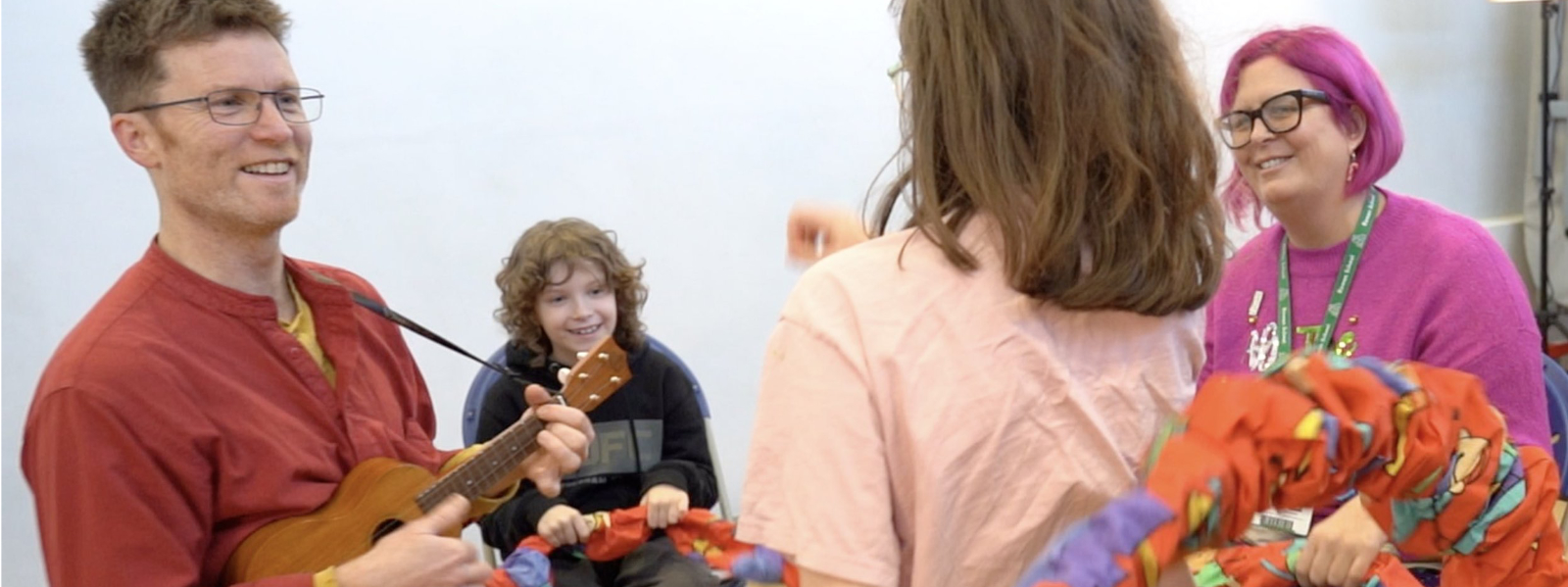We aim to develop and refine evidence-based interventions to support autistic people in managing challenges and enhancing their well-being. This includes a range of approaches, such as speech and language, music, play, and behavioural therapies, tailored to autistic children’s unique and dynamic needs. We hope to contribute to more effective, inclusive clinical and therapeutic practices in autism care by ensuring therapies are both scientifically grounded and accessible.

Laboratory for Innovation in AutismClinical and Therapeutic Practice
Rhythmic Relating in autism is a new approach to play and social timing – supporting friendship, learning and therapy. Working with play therapist, Stuart Daniel, and Matt Laurie (Rapport-Based Communication), we have produced ‘A handbook for Rhythmic Relating in autism’ (frontiers in Pediatric Psychology). The approach has been developed to support creative practice and a sense of fun in playful interaction with young autistic children, unconventional communicators and autistic people with additional learning needs.
When playing and communicating, often autistic and non-autistic people differ in their sense of social timing. Important relationships can be out of sync. Non-autistic people can bring extra clarity and impetus into their way of communicating to help. Using sounds and movements with extra vitality, rhythmic elements, and a focus on rapport in playful communication, non-autistic people can piggyback on autistic strengths to bring supported levels of social timing into relationships. In this way, Rhythmic Relating helps people play together by giving them a just-ahead-in-time felt sense of each other’s actions and intentions.
Rhythmic Relating uses super-simple techniques, such that no musical skill or ability is required. Rhythmic Relating is offered as a foundation for interaction and learning, for school staff, for Occupational Therapists, Speech Therapists and Physiotherapists, and can also provide a basis for tailoring creative interactive therapies when working with autistic clients. It operates through bite-sized skill levels, clear instructions, and video shorts of skills in action.
Made with speech and language therapy, this work looks to add to our understanding of the role of interaction in autistic children’s language acquisition. Through the collection and analysis of video data and written reports, it gives a multi-dimensional view of a fundamental area of development in autistic children. Autistic children may require support that is tailored to their specific needs, therefore, this work, and the nature of it, highlights the need for a broad range of approaches to understanding group similarities and individual differences.